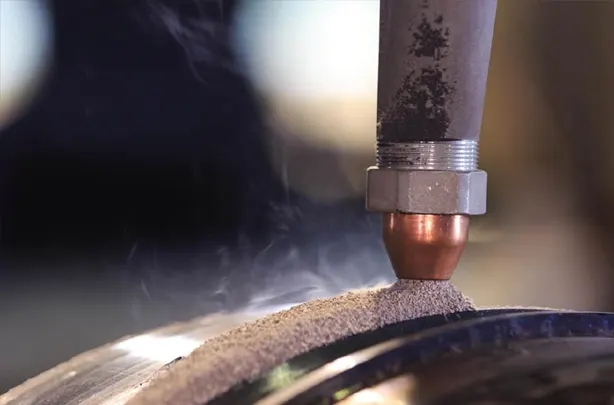Key aspects of submerged arc flux
2023-10-17
Submerged arc welding (SAW) is a welding process that uses a granular flux to shield the arc and the molten weld pool. Submerged arc flux plays a critical role in this process, providing various functions to ensure a successful and high-quality weld. Here are some key aspects of submerged arc flux:
1. Shielding: The primary function of the flux in SAW is to create a protective shield around the welding arc and the molten metal. This shield prevents the molten metal from reacting with atmospheric gases, particularly oxygen and nitrogen, which can lead to defects in the weld such as porosity and oxidation.
2. Arc Stability: SAW fluxes are designed to help stabilize the welding arc. They do this by regulating electrical conductivity and maintaining the proper arc length. A stable arc contributes to smoother and more controlled welding.
3. Slag Formation: As the flux melts during welding, it combines with impurities and forms a slag layer on top of the weld pool. This slag serves several purposes: it insulates the weld, protecting it from atmospheric contamination as it cools and solidifies, and it can be used to control the shape and profile of the weld bead.
4. Deoxidization: Many submerged arc fluxes contain deoxidizing agents that help remove oxygen and other impurities from the weld metal. This is especially important when welding materials like steel to ensure the quality of the weld.
5. Desulfurization: Some specialized SAW fluxes include desulfurizing agents, which are used to reduce sulfur content in the weld metal. Lower sulfur levels can improve the mechanical properties of the weld.
6. Alloying: In certain applications, fluxes can be tailored to introduce specific alloying elements into the weld metal. This allows welders to adjust the material properties of the weld to meet specific requirements.
7. Cleaning: SAW fluxes can also help clean the surface of the workpiece, removing rust, scale, and other contaminants before welding.
8. Flux Composition: Submerged arc fluxes can have varying compositions, including materials like silica, calcium carbonate, calcium fluoride, manganese dioxide, and more, depending on the specific welding application and the materials being welded.
9. Grain Size: The size of the granules in the flux can vary, and different grain sizes may be used for different welding processes and applications. Fine-grained fluxes are often used for high-speed, single-pass welding, while coarser grains are used for multi-pass welding and larger weld beads.
Selecting the right submerged arc flux is crucial for achieving desired welding results. Factors such as the base material, welding process, joint design, and environmental conditions should all be considered when choosing the appropriate flux. Additionally, proper storage and handling of the flux are essential to maintain its effectiveness and prevent moisture absorption, which can negatively impact weld quality.



